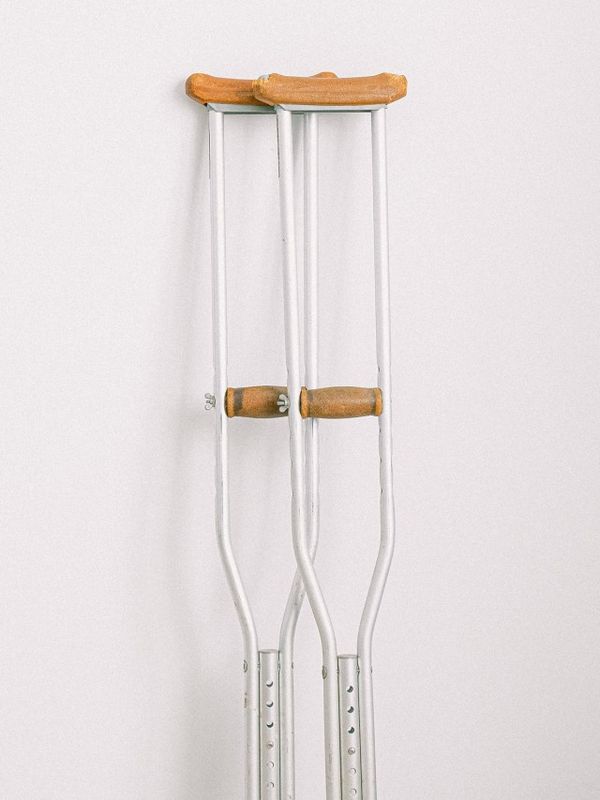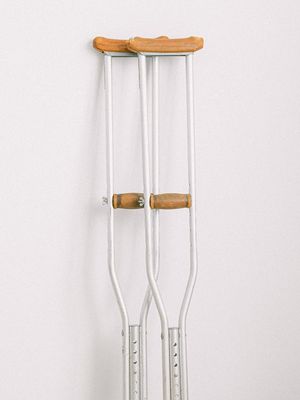
Are E-Cigarettes Really Safe?
What exactly are electronic cigarettes?
Electronic cigarettes, known as e-cigarettes or vapourisers, are battery-powered devices that mimic the action of smoking, and have been around in the UK since 2007. They work by heating and creating a vapour from a solution that typically contains nicotine, a colourless liquid called propylene glycol and/or glycerine, and flavouring – with everything from mint to strawberry-kiwi on offer.
So are they safer than real cigarettes?
As e-cigarettes don’t produce tar and carbon monoxide – two of the main toxins in conventional cigarette smoke – they’re considered much safer than real cigarettes. The vapour from e-cigarettes has been found to contain some potentially harmful chemicals also found in cigarette smoke, but at much lower levels.
New rules for e-cigarettes and their refill containers came into effect in the UK in 2016, ensuring there are minimum standards for safety and quality. PHE estimates they’re 95% less harmful than regular cigarettes, however they’re not completely harm-free.
So what are the dangers?
The effects of both long-term e-cigarette and pure nicotine use are untested – so we currently don’t have a full picture on their safety. But we do know nicotine is highly addictive and can cause problems for people with heart disease – it raises the heart rate, contradicting the goal of most treatments.
TV doctor Michael Mosley investigated the risks of electronic cigarettes in a BBC documentary, Horizon E-cigarettes: Miracle or Menace?, and discovered vaping does cause changes to the airways. When Michael vaped, tests showed an increase in inflammation of the airways and raised levels of macrophages (defence cells that line the airways) directly afterwards. The respiratory specialist conducting the tests described it as similar to "insult or injury" to the lungs and compared it to what happens when someone smokes a regular cigarette.
Another small study, published in August 2016, suggested that smoking e-cigarettes for 30 minutes can cause arteries to stiffen, in a similar way to tobacco cigarettes.
Who should consider using one?
According to Action on Smoking and Health (ASH), almost half of the UK’s 2.8 million e-cigarette users are former smokers, suggesting they’re a useful tool in helping people to stop smoking.
Organisations like the British Heart Foundation agree e-cigarettes are a useful tool for harm reduction, but strongly advise non-smokers not to take up the habit. There have been worries that vaping might look ‘cool’ to non-smokers and that the concept could normalise smoking – but figures from ASH show that, since 2013, there has been no increase in vaping amongst people who’ve never smoked.
Where can you ‘smoke’ e-cigarettes?
E-cigarettes are currently not covered by the ‘smokefree legislation’, so there’s no law saying you can’t use them in public places. It’s also unclear whether you’re allowed to smoke e-cigarettes on trains, in pubs, or in workplaces.
PHE has published framework advice for businesses and employers to help them create their own policies, so every business could have a different rule – if you want to vape indoors, it’s best to check first, as companies are allowed to ban their use on private property.
Is second hand vaping safe?
There isn’t enough data to tell conclusively, but a small study published in the International Journal of Hygiene and Environmental Health found that vaping worsened indoor air quality, specifically by increasing the concentration of nicotine, particulate matter, PAHs and aluminum — compounds that have been linked to lung and cardiovascular disease and cancer, among other health effects.
For more information, visit NHS.uk
DISCLAIMER: We endeavour to always credit the correct original source of every image we use. If you think a credit may be incorrect, please contact us at info@sheerluxe.com.























